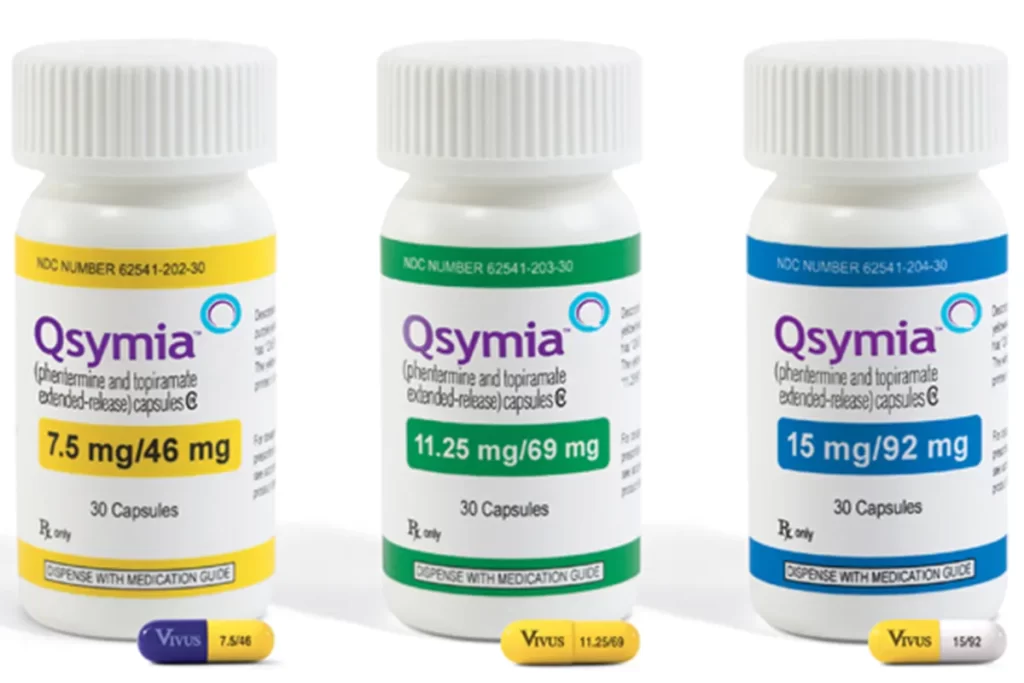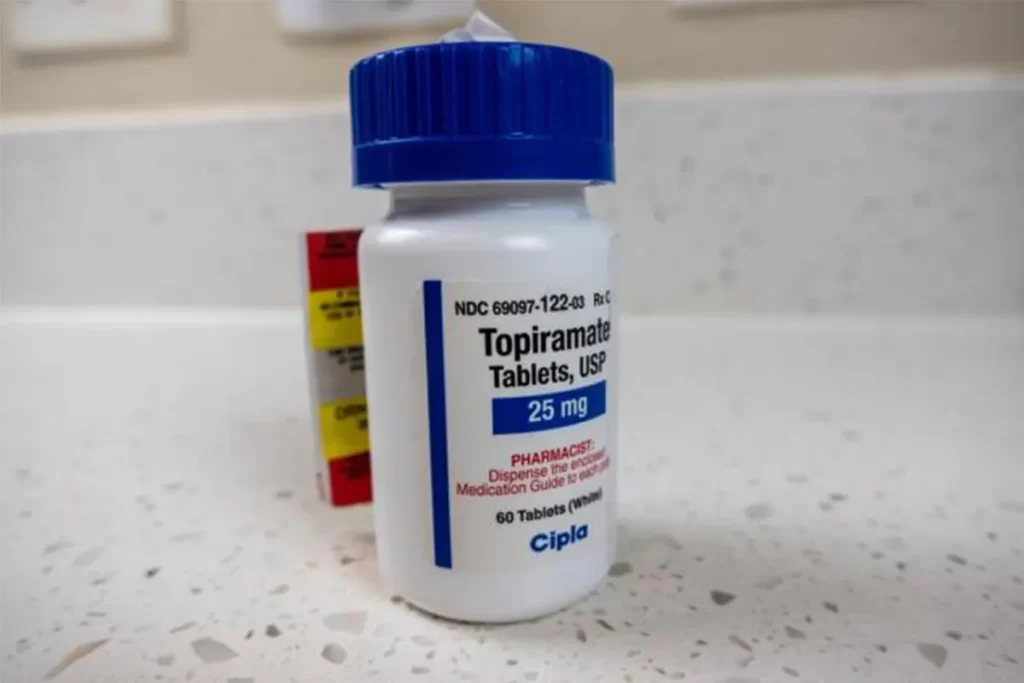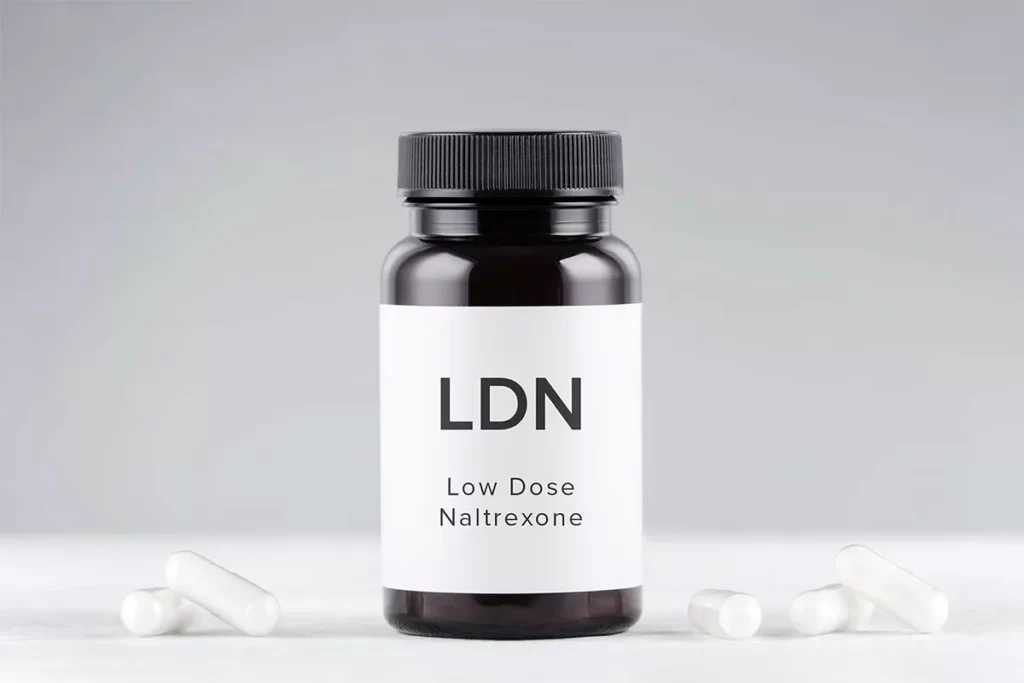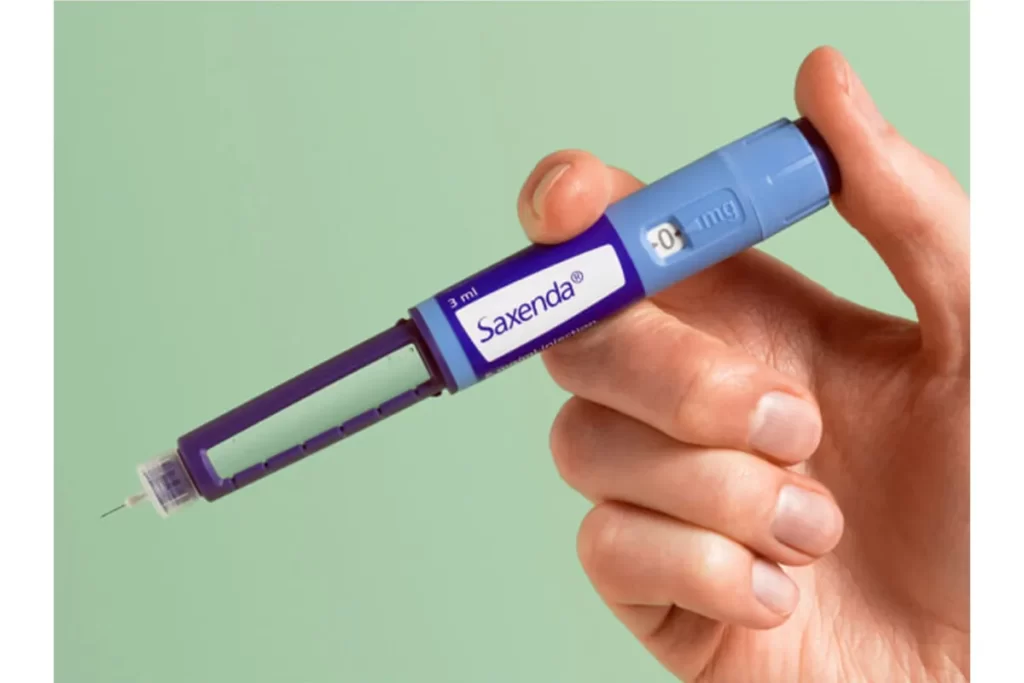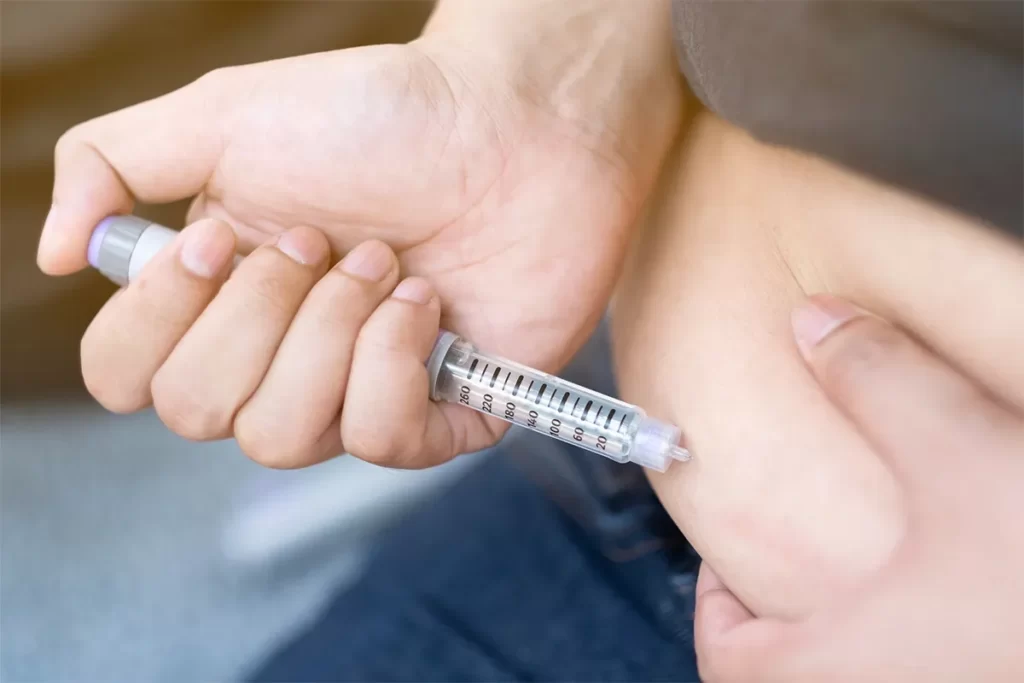GLP-1 Weight Loss Injection: Efficacy and Safety Insights
-
 Written by
Michael J. Ormsbee
Written by
Michael J. Ormsbee
- LAST UPDATED November 16, 2023
The spotlight in the realm of weight management has increasingly focused on GLP-1 weight loss injections, marking a significant shift in the approach to combating obesity. These injections, originally developed for diabetes treatment, have garnered widespread attention for their effectiveness in weight loss, particularly among non-diabetic individuals. GLP-1, or glucagon-like peptide-1, is a hormone that plays a crucial role in regulating appetite and insulin secretion. By mimicking the action of GLP-1, these injections help reduce hunger and increase feelings of fullness, leading to a decrease in overall calorie intake. This mechanism not only aids in managing blood sugar levels but also contributes significantly to weight loss efforts. The growing interest in GLP-1 injections stems from their potential to offer a more targeted and effective solution for those struggling with weight issues, providing a new avenue in the journey towards healthier living.
Understanding GLP-1 Weight Loss Injections
What are GLP-1 Injections?
GLP-1 weight loss injections have emerged as a groundbreaking development in the field of weight management and obesity treatment. These injections are based on the pharmacological class known as GLP-1 agonists. GLP-1, or glucagon-like peptide-1, is a naturally occurring hormone that plays a pivotal role in regulating blood sugar levels and appetite. The GLP-1 weight loss injections work by mimicking the effects of this hormone, thereby offering a dual approach to managing weight: controlling appetite and aiding in blood sugar regulation.
The mechanism of action of GLP-1 weight loss injections is multifaceted. Firstly, they stimulate insulin secretion in a glucose-dependent manner, meaning they only increase insulin levels when blood sugar is high, thereby reducing the risk of hypoglycemia. Secondly, these injections slow down gastric emptying, which means food stays in the stomach longer, leading to a prolonged feeling of fullness. This delay in gastric emptying also contributes to better blood sugar control after meals.
Moreover, GLP-1 weight loss injections have a direct effect on the brain. They act on the areas responsible for appetite regulation, leading to reduced hunger and decreased calorie intake. This aspect is particularly beneficial for individuals struggling with overeating or constant hunger, as it helps in managing portion sizes and reducing the frequency of eating.
The impact of GLP-1 weight loss injections on weight loss is significant. They not only assist in reducing body weight but also help in maintaining the weight loss over time. This is a crucial factor, as one of the biggest challenges in weight management is not just losing weight but keeping it off in the long term.
GLP-1 for Non-Diabetics
While initially developed for diabetes management, the use of GLP-1 weight loss injections in non-diabetic individuals has gained considerable attention. The effectiveness of GLP-1 weight loss injections in non-diabetics is rooted in their ability to control appetite and reduce caloric intake, which is a fundamental aspect of weight loss.
Clinical studies have shown that non-diabetic individuals using GLP-1 weight loss injections experience significant weight loss. This is particularly notable in individuals with a high body mass index (BMI), where diet and exercise alone have not yielded the desired results. The GLP-1 weight loss injections offer a new hope for this demographic, providing an effective tool to aid in their weight loss journey.
The weight loss observed in non-diabetic individuals using GLP-1 weight loss injections is not just about numbers on a scale. It’s also about the improvement in overall health parameters. Reduction in weight can lead to improvements in cardiovascular health, reduction in the risk of certain cancers, and improvement in joint health, among other benefits. This holistic improvement in health underscores the potential of GLP-1 weight loss injections as a significant tool in the fight against obesity.
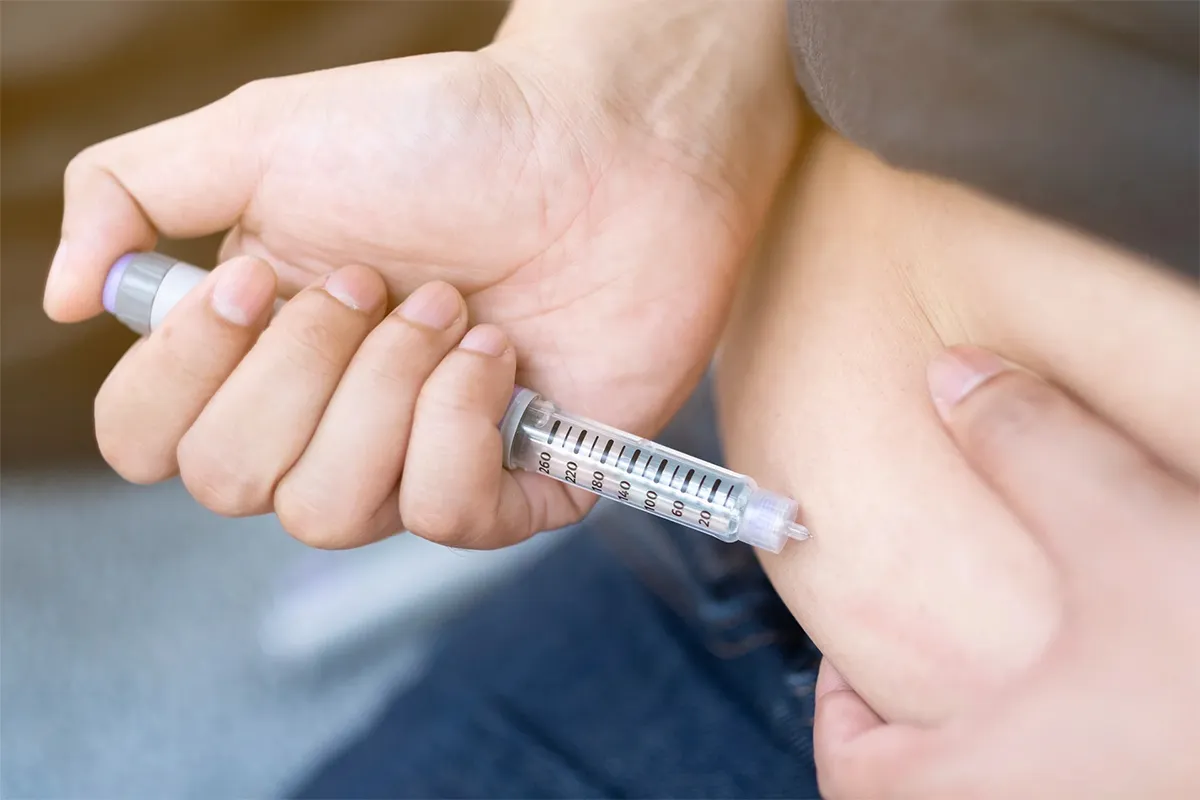
Furthermore, the use of GLP-1 weight loss injections in non-diabetics has been associated with improvements in various metabolic parameters, such as cholesterol levels and blood pressure, even in the absence of diabetes. This indicates that the benefits of GLP-1 weight loss injections extend beyond just weight loss, offering a comprehensive approach to improving overall health.
GLP-1 weight loss injections represent a paradigm shift in the management of obesity, especially for non-diabetic individuals. Their ability to regulate appetite, control blood sugar levels, and contribute to significant weight loss makes them a valuable option in the arsenal against obesity. As research continues to evolve, the role of GLP-1 weight loss injections in non-diabetic weight management is likely to become even more prominent.
Popular GLP-1 Medications for Weight Loss
The landscape of weight management has been revolutionized by the introduction of GLP-1 weight loss injections, offering new hope to those struggling with obesity. Among these, certain medications have risen to prominence due to their effectiveness and growing body of supporting research.
Semaglutide (Ozempic and Wegovy)
Semaglutide, available under brand names like Ozempic and Wegovy, is a shining star in the realm of GLP-1 weight loss injections. Originally developed for type 2 diabetes management, semaglutide has gained FDA approval for weight loss, particularly with the Wegovy formulation. This approval was a significant milestone, highlighting the drug’s efficacy in weight management beyond diabetes control.
The use of semaglutide as a GLP-1 weight loss injection has shown remarkable results in clinical trials. Patients using semaglutide experienced substantial weight loss, often surpassing that achieved through lifestyle changes alone. This is attributed to semaglutide’s ability to effectively reduce appetite and increase feelings of fullness, leading to a significant reduction in calorie intake.
Furthermore, semaglutide’s role in weight loss is not just limited to reducing body weight. It has also been associated with improvements in various health markers, such as blood pressure, cholesterol levels, and glycemic control, making it a comprehensive tool for improving overall health in obese individuals.
Other GLP-1 Medications
In addition to semaglutide, several other GLP-1 weight loss injections have made their mark. Saxenda (liraglutide), for instance, is another FDA-approved medication for weight management. It works similarly to semaglutide, targeting the GLP-1 receptors to control appetite and calorie intake.
Trulicity (dulaglutide) and Mounjaro (tirzepatide) are other notable mentions in the GLP-1 weight loss injection category. While primarily used for diabetes management, they have shown promising results in weight loss, especially in clinical trials and off-label use.
Each of these medications has its unique profile, dosage requirements, and administration schedules, but they all share the common mechanism of action that makes GLP-1 weight loss injections so effective.
Comparing GLP-1 Medications
When comparing GLP-1 weight loss injections, it’s important to consider various factors such as efficacy, side effects, administration frequency, and patient preference. Here’s a comparative table to provide a clearer picture:
| Medication | Indication | Administration | Efficacy in Weight Loss | Notable Points |
|---|---|---|---|---|
| Semaglutide (Wegovy) | Weight loss | Weekly injection | High | FDA-approved specifically for weight loss |
| Semaglutide (Ozempic) | Type 2 diabetes | Weekly injection | Moderate (off-label for weight loss) | Also improves glycemic control |
| Liraglutide (Saxenda) | Weight loss | Daily injection | Moderate to High | Suitable for a broader range of patients |
| Dulaglutide (Trulicity) | Type 2 diabetes | Weekly injection | Moderate (off-label for weight loss) | Also beneficial for cardiovascular health |
| Tirzepatide (Mounjaro) | Type 2 diabetes | Weekly injection | High (emerging data) | Newer in the market with promising results |
While each GLP-1 weight loss injection has its strengths, the choice often depends on individual patient factors, including medical history, lifestyle, and specific health goals. Consulting with healthcare professionals is crucial in determining the most suitable option for effective and safe weight management.
Administration and Dosage of GLP-1 Weight Loss Injection
The administration and dosage of GLP-1 weight loss injections are critical components in ensuring their effectiveness and safety. Understanding these aspects is essential for anyone considering or currently using these treatments.
Weekly Injections
One of the key advantages of GLP-1 weight loss injections like Ozempic and Wegovy is their weekly administration schedule, which enhances patient compliance and convenience. The process of administering these injections is relatively straightforward, designed to be done at home by the patient themselves.
Before beginning GLP-1 weight loss injections, patients are usually given detailed instructions by their healthcare provider. The injections are typically administered subcutaneously, meaning they are injected just under the skin. Common injection sites include the abdomen, thigh, or upper arm. It’s important to rotate the injection sites with each dose to reduce the risk of skin irritation or other local reactions.
The prefilled pens used for GLP-1 weight loss injections are designed for ease of use. Patients must follow the specific instructions for their medication, which usually involve preparing the pen, selecting the correct dose, and safely disposing of needles after use. Proper storage of the medication is also crucial, with most GLP-1 weight loss injections requiring refrigeration.
Patients starting on GLP-1 weight loss injections should be aware of potential side effects, such as nausea or digestive discomfort, especially during the initial phase of treatment. These side effects often diminish over time as the body adjusts to the medication.
Dosage and Titration
The dosage and titration of GLP-1 weight loss injections are tailored to each individual’s needs and response to the medication. Starting doses are typically lower, gradually increasing to an effective maintenance dose. This gradual increase, known as titration, helps minimize side effects and allows the body to adjust to the medication.
For instance, with medications like Ozempic and Wegovy, the initial dose is usually lower than the dose used for maintenance. The healthcare provider will provide a schedule for increasing the dose over several weeks or months until the target dose is reached. This titration is essential for achieving optimal weight loss results while minimizing side effects.
Finding the right dose for effective weight loss with GLP-1 weight loss injections involves regular monitoring and communication with a healthcare provider. Patients should discuss their progress, any side effects, and their overall experience with the medication during follow-up appointments. Based on this feedback, the healthcare provider may adjust the dose to find the most effective and tolerable level for the patient.
The administration and dosage of GLP-1 weight loss injections require careful attention and adherence to medical guidance. Weekly injections offer convenience, but understanding the process of administration, starting doses, and the importance of titration is crucial for the successful use of these medications in weight loss management. Regular consultation with healthcare professionals ensures that the treatment is tailored to the individual’s needs, maximizing the benefits while minimizing potential risks.
Real-World Experiences and Reviews of GLP-1 Weight Loss Injection
The journey of weight loss is deeply personal and varies from individual to individual. The introduction of GLP-1 weight loss injections has added a new dimension to this journey, with many turning to these treatments for help. This section delves into the real-world experiences and reviews of individuals who have used GLP-1 weight loss injections, providing insights into what potential users might expect.
Patient Reviews and Testimonials
- Sarah, 34: “Starting the GLP-1 weight loss injection was a game-changer for me. Initially, I experienced some nausea, but it subsided. Over six months, I’ve lost 20 pounds and feel more in control of my eating habits.”
- Mike, 45: “As someone who struggled with obesity and type 2 diabetes, the GLP-1 weight loss injection not only helped me lose weight but also improved my blood sugar levels. It’s been a double win for my health.”
- Emma, 29: “I was skeptical about GLP-1 weight loss injections at first, but the results have been impressive. I’ve lost 15 pounds in four months, and my cravings have significantly reduced.”
- David, 50: “The convenience of a weekly injection made a huge difference for me. With GLP-1 weight loss injections, I’ve seen steady weight loss and improved energy levels.”
- Linda, 42: “I experienced some digestive side effects with the GLP-1 weight loss injection, but they were manageable. The weight loss has been gradual but consistent.”
- Raj, 38: “Using a GLP-1 weight loss injection has helped me break through a weight loss plateau. It’s been effective in reducing my appetite.”
- Anna, 47: “The GLP-1 weight loss injection was a part of my weight loss plan, along with diet and exercise. It’s been effective, but it’s important to maintain a healthy lifestyle alongside.”
- Carlos, 53: “I’ve been using the GLP-1 weight loss injection for three months now. The weight loss is gradual, but the reduction in hunger is immediate and very helpful.”
Expected Results and Timeline
When starting a GLP-1 weight loss injection regimen, it’s important to set realistic expectations regarding weight loss progression and timeline. Typically, users may start to see noticeable weight loss within the first few weeks of treatment. However, the most significant results usually become apparent after consistent use over several months.
The initial phase of using GLP-1 weight loss injections often involves adjusting to the medication and managing any mild side effects, such as nausea or digestive discomfort. As the body adapts, these side effects usually diminish, allowing the focus to shift more towards weight loss.
In terms of actual weight loss, users can expect a gradual but steady reduction in body weight. The rate of weight loss varies among individuals, but a reduction of about 0.5-1% of body weight per week is a reasonable expectation. This steady pace is beneficial for long-term weight management, as it allows the body to adjust to the changes and can lead to more sustainable weight loss.
It’s also important to note that GLP-1 weight loss injections are most effective when combined with lifestyle changes, such as a balanced diet and regular physical activity. Users who incorporate these changes often report better results and an overall improvement in their health and well-being.
While individual experiences with GLP-1 weight loss injections can vary, the consensus is that they can be an effective tool for weight loss, especially when combined with healthy lifestyle choices. Regular follow-ups with healthcare providers are crucial to monitor progress and make any necessary adjustments to the treatment plan.
Availability and Accessibility of GLP-1 Weight Loss Injection
The journey to access GLP-1 weight loss injections begins with understanding the prescription criteria, which are crucial in determining who can benefit from these treatments. The availability and accessibility of GLP-1 weight loss injections are governed by specific medical guidelines and criteria, ensuring that the treatment is used safely and effectively.
Prescription Criteria
To be eligible for a prescription of GLP-1 weight loss injections, patients typically need to meet certain criteria that focus on their overall health status and specific weight-related health goals. These criteria are designed to identify individuals who are most likely to benefit from the treatment and to ensure the safe use of these medications.
- Body Mass Index (BMI): One of the primary criteria for prescribing GLP-1 weight loss injections is the patient’s BMI. Generally, these medications are prescribed to individuals with a BMI of 30 or higher, which is classified as obesity. They can also be prescribed to those with a BMI of 27 or higher if they have weight-related health conditions, such as type 2 diabetes, high blood pressure, or high cholesterol.
- Previous Weight Loss Efforts: Before considering GLP-1 weight loss injections, healthcare providers usually require evidence of previous weight loss efforts. This may include attempts at diet and exercise or other conventional weight loss methods. The rationale behind this criterion is to ensure that GLP-1 weight loss injections are used as a part of a comprehensive weight management plan, rather than as a first-line treatment.
- Health Assessment: A thorough health assessment is conducted to determine if GLP-1 weight loss injections are suitable for the patient. This assessment includes evaluating the patient’s medical history, current health conditions, and any potential risks or contraindications. For instance, GLP-1 weight loss injections may not be suitable for individuals with a history of certain types of thyroid cancer or pancreatitis.
- Consultation with Healthcare Professionals: A detailed consultation with healthcare professionals is essential. During this consultation, the patient’s weight loss goals, expectations from the treatment, and potential side effects of GLP-1 weight loss injections are discussed. This step is crucial in ensuring that the patient is well-informed and prepared for the treatment.
- Insurance and Cost Considerations: The availability of GLP-1 weight loss injections also depends on insurance coverage and cost factors. Some insurance plans may cover these medications, especially if there are underlying health conditions related to obesity. However, for those without coverage, the cost can be a significant factor. It’s important for patients to discuss these aspects with their healthcare provider and insurance company to understand the financial implications.
The prescription of GLP-1 weight loss injections involves a comprehensive evaluation of the patient’s health status, previous weight loss efforts, and a clear understanding of the benefits and risks associated with the treatment. By adhering to these criteria, healthcare providers can ensure that GLP-1 weight loss injections are used effectively and safely, offering a valuable tool in the management of obesity and related health conditions.
Side Effects and Considerations of GLP-1 Weight Loss Injection
While GLP-1 weight loss injections have shown significant efficacy in managing obesity, it’s crucial to be aware of their potential side effects and considerations, especially for long-term use. Understanding these aspects helps in making informed decisions and managing the treatment more effectively.
8 Common Side Effects
- Nausea: One of the most frequently reported side effects of GLP-1 weight loss injections is nausea. This can often be managed by starting with a lower dose and gradually increasing it, allowing the body to adjust.
- Vomiting: Some individuals may experience vomiting, especially in the initial stages of treatment. Taking the injection with meals or adjusting the timing may help alleviate this issue.
- Diarrhea: Diarrhea is another common side effect. Staying hydrated and adjusting diet can help manage this symptom.
- Constipation: On the other end of the spectrum, constipation can also occur. Increasing fiber intake and staying hydrated are beneficial in managing this side effect.
- Appetite Changes: While reduced appetite is a desired effect for weight loss, it can sometimes lead to inadequate nutrient intake. Monitoring diet and ensuring a balanced intake of nutrients is important.
- Dizziness: Some users of GLP-1 weight loss injections report feeling dizzy, particularly after the initial doses. It’s important to monitor this symptom and report it to a healthcare provider if it persists.
- Fatigue: Feeling unusually tired or fatigued can occur, although this often improves as the body adjusts to the medication.
- Injection Site Reactions: Redness, swelling, or pain at the injection site are possible. Rotating injection sites and proper injection techniques can help minimize these reactions.
Long-term Use and Safety
The long-term use of GLP-1 weight loss injections is a topic of ongoing research and discussion. While these medications have been proven effective for weight loss and have been approved for long-term use, it is important to consider their safety profile over extended periods.
Continuous monitoring and regular check-ups are essential when using GLP-1 weight loss injections for an extended period. This ensures that any potential issues are identified and addressed promptly. Long-term users should be aware of any changes in their body or health and report these to their healthcare provider.
There is also a need for vigilance regarding the potential for more serious side effects. For example, although rare, some GLP-1 agonists have been associated with an increased risk of thyroid tumors in animal studies. While this risk has not been conclusively proven in humans, it underscores the importance of careful monitoring and consideration of individual risk factors.
Another consideration for long-term use is the potential for developing antibodies to the GLP-1 weight loss injection, which could reduce its effectiveness over time. Regular assessment of the medication’s efficacy is therefore important.

